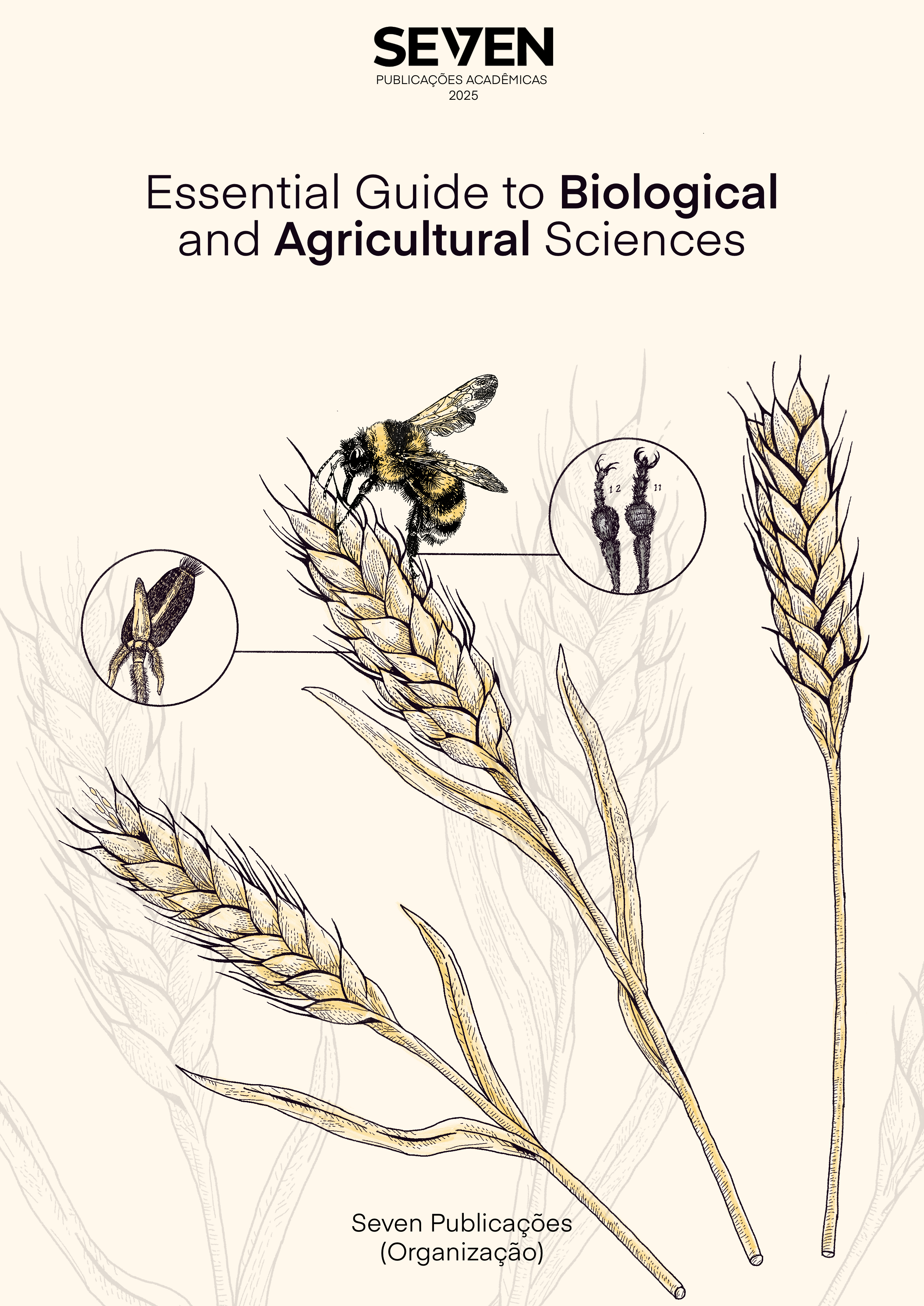FRAGILITY AND ENVIRONMENTAL RELEVANCE OF AN AREA OF THE CERRADO IN THE DF: PEDOGEOMORPHOLOGICAL SUBSIDIES FOR THE PROTECTION OF DIFFUSE RIGHTS
Keywords:
Brazilian CerradoAbstract
The Brazilian Cerrado is one of the global biodiversity hotspots. Despite its environmental importance, worrying rates of environmental degradation have been observed there. Therefore, the conservation of native areas or those undergoing recovery is crucial, and those under public administration have a greater chance of achieving this goal. The preservation of Brazilian biomes, maintaining their resilience and environmental services, is not only a matter of this but also of maintaining diffuse rights, especially those related to the maintenance of functional ecosystems for current and future generations. To this end, an adequate characterization of their environmental compartments is necessary. Given all the above, this study aimed to characterize pedogeomorphologically an area of regenerating Cerrado in the Federal District (DF), under the ownership of Embrapa Hortaliças since 1972. This area fulfills an important function by guaranteeing environmental services such as water production, as well as maintaining water quality and mitigating negative impacts. Geographic Information Systems (GIS), remote sensing from high-resolution images (0.5 m x 0.5 m), Digital Elevation Models (DEM) (SRTM) with a resolution of 30 m, contour lines plotted with an equidistance of 5 m, field visits, and chemical, physical, and physicochemical analyses of soil samples collected in the area were used. The results generated a semi-detailed soil reconnaissance map at a scale of 1:10,000, a DEM, a map of slope classes and land use and occupation of the study area. The results also indicated the predominance of Red-Yellow Latosols in the Intermediate Plateaus, Haplic Cambisols in steeper areas (Chapada edges), and Red Latosols in the highest part of the landscape (Chapada). The elevation profile shows that the area exhibits geomorphological compartmentalization, typical of the Central Plateau, with flat to gently undulating plateaus at altitudes around 1,000 m, steeply inclined dissected valleys (Chapada Borders), and the Intermediate Plateau at altitudes around 900 m, also featuring flat to gently undulating relief. The area also provides several springs, exhibiting dendritic drainage with embedded valleys and water bodies. Land use and occupation mapping at a scale of 1:1,000 confirms the area's degree of conservation. It is concluded that the area is predominantly composed of soils with high infiltration capacity in the plateaus and intermediate plateaus, and there is a high risk of soil loss due to erosion in steep areas, which can lead to water quality loss through siltation.
Downloads
Published
Issue
Section
License
Copyright (c) 2025 Carlos Eduardo Pacheco Lima, Mariana Rodrigues Fontenelle, Marcos Brandão Braga, Bruno Santos Florindo, Joana Gabriely Ferreira, José Maurício Ribeiro Figueiredo, Vinícius Pereira Freire, Juscimar da Silva, Italo Moraes Rocha Guedes

This work is licensed under a Creative Commons Attribution-NonCommercial 4.0 International License.





